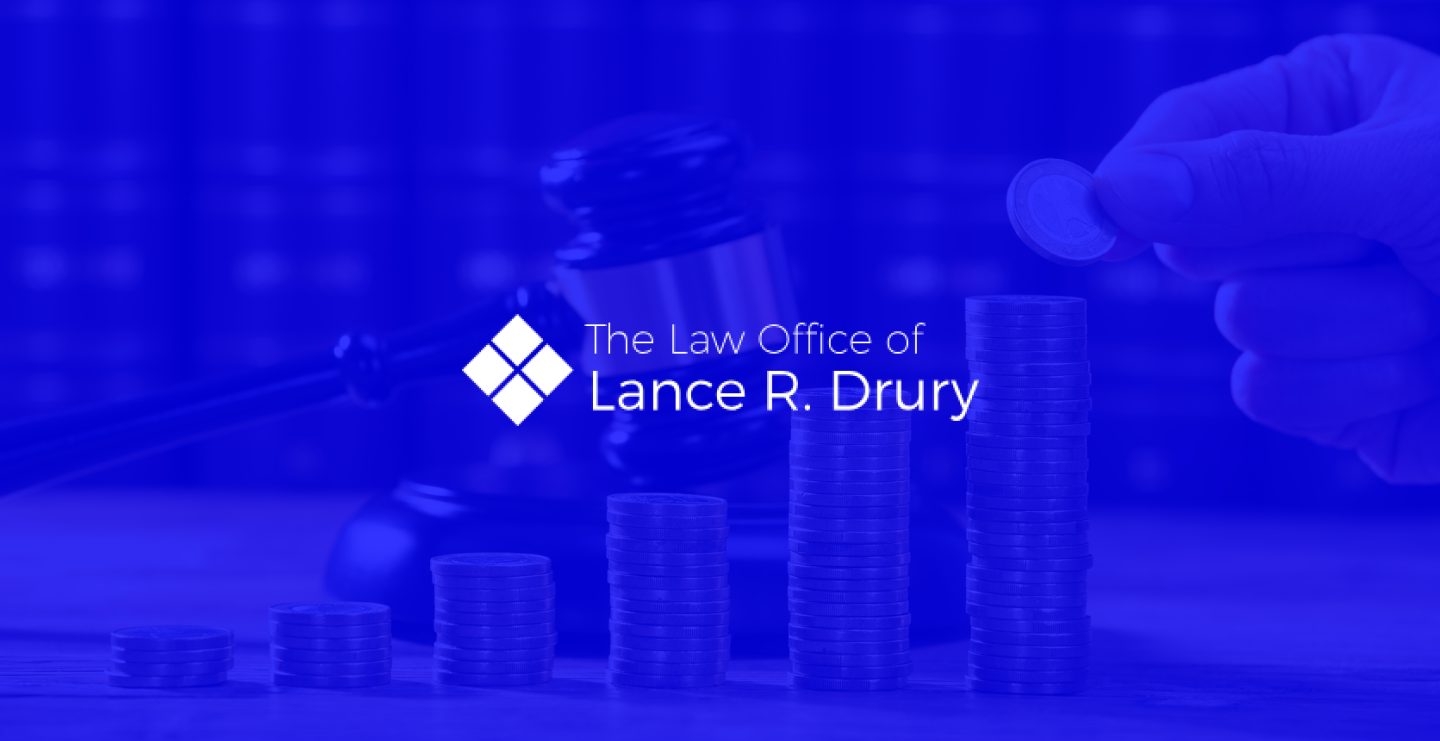Make a list and check it twice. Or print this out and keep it with you while doing and reviewing your taxes. Mistakes, especially these common ones are responsible for prolonging tax season and may lead to an audit. While not making these mistakes will not keep you immune from audit, tax returns without mistakes will get your refund more quickly and bring tax season to a speedier, uneventful close.
This edited excerpt comes from a March 9th U.S. News and World Report online article. (www.news.yahoo.com/avoid-top-10-tax-mistakes-130629111.html) These are the kinds of mistakes I hear from people and prospective clients all the time.
1. Sign your return and double-check your Social Security number, name and address. Countless returns are delayed or sent back for careless errors. Double check to make sure your social security number and those of your spouse and children are correct. Sign your return before filing. Always review your return before sending it out.
2. Understand the new tax law changes, each year. I know this sounds like an ominous task. But most years, the tax requirements change a bit, and you are responsible for being aware of the changes. That means that if the standard deduction increases, and you don’t know about it, you could be leaving a lot of money on the table. The IRS.gov website can be your best resource.
Use the search function for questions, and check out the changes for this year’s section of the site. The government does an excellent job of explaining the tax laws on their website.
3. Include all of your income. It’s easy to file your taxes if you just had one job, and your employer issued a W-2 form with your wage and tax withheld information. But what if you and your spouse each had a job, and each of you earned a bit of income on the side as freelancers or consultants? Some of your clients may issue a 1099 form and others may not. It’s your responsibility to include all of the income you earned, whether you received a 1099 form for that income or not.
Even with interest rates at rock bottom, you may have received some interest and dividend payments. Don’t forget to include them on your return. Financial institutions are required to inform the IRS about the interest and dividends you receive.
4. Take all of the deductions you’re entitled to. Especially if you earned some side income, you may be able to deduct a host of expenses. The main aspect to consider is, what did you need to spend in order to earn the extra income? Did you have to buy certain supplies? Did you use a dedicated room in your home as an office? What about advertising costs? Review the Publication 501 tax booklet and Publication 529 and claim all of the deductions for which you are eligible. It could save you lots of money.
5. Remember to deduct all of your charitable gifts. Do you donate clothes, furniture and household items to Goodwill, the Salvation Army or other nonprofit charities? Don’t forget to deduct their fair value.
6. Don’t miss credits for which you are eligible. Credits are even better than deductions. A credit is deducted right from total of taxes owed. There are credits for children, low-income credits and educational credits. Study all of the available “credits” on the IRS.gov website.
7. Don’t forget the date. Your return must be postmarked or filed electronically by April 15. If you miss the deadline, you will owe penalties. If you fear you may not be able to make the filing deadline, there is an out. You can receive a six-month filing extension on your tax paperwork by completing Form 4868 by April 15. This will give you an extension to file until Oct. 15, but you still need to pay the full amount owed by April 15. The extension doesn’t apply to money owed, only to sending in your tax forms.
8. Make a copy. In the future, you may receive a letter from the IRS describing an issue regarding your return. If you don’t have a copy, you’ll have to order a copy of your return in order to handle the problem. It’s so much easier to make a copy for your personal records in the first place.
9. Attach all relevant schedules and mailing information. Some tax items require separate forms. If you have self-employment income, did you complete and attach a Schedule C? After completing the forms, make sure to attach them in the correct order. Use the numbers on the upper right hand corner to properly order and attach them to your 1040 form. Finally, after checking your return, make sure to mail it to the correct address and put on the proper amount of postage. A simple mistake can mean extra work later.
10. Use the IRS website to help keep your return free from common errors. Visit the IRS Topic 303 website for a list compiled by the IRS of the most common filing mistakes. The government informs you of pitfalls and errors of other tax-filing citizens. A few minutes reviewing your return for potential errors can save you headaches and time in the long run.
If someone is preparing your taxes don’t forget to double-check their work. They are very busy human beings and can make mistakes that could end up costing you in the long run.

 Call Us Now
Call Us Now Email Us Now
Email Us Now

